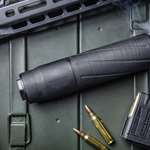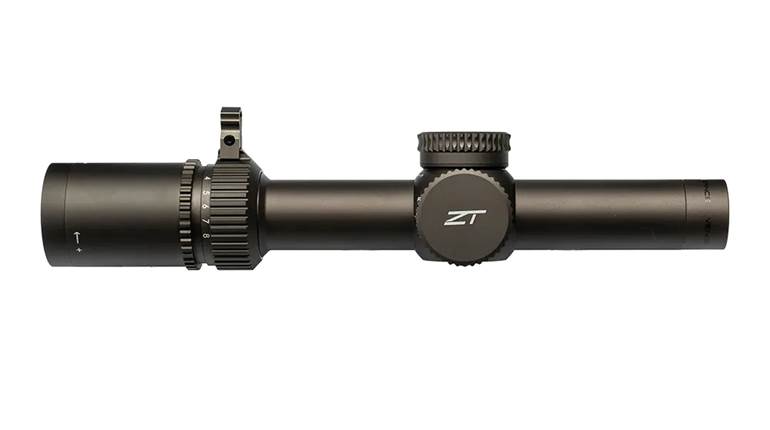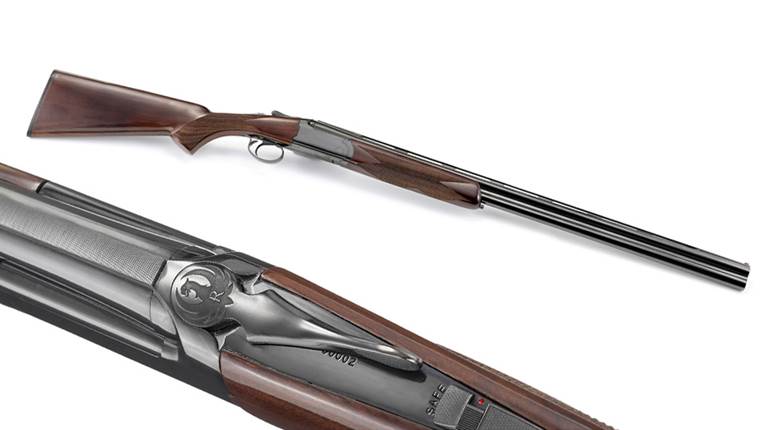
Paul Mauser designed many classic firearms, but his Model 1898 is the unquestioned benchmark used to measure any bolt-action rifle. The strength and safety features of the Model 98 action are legendary. Where most contemporary bolt actions employed locking lugs at either the front or rear of the bolt, the Model 98 has a pair of lugs in the front and a third safety lug in the rear.
Another safety feature of the Model 98 is the large gas shield at the front of the bolt sleeve to protect the firer’s eyes from hot gas and brass splinters in the event of a pierced primer or case-head separation. Oblong holes in the bottom of the bolt body serve the same purpose.
The Mauser Model 98 bolt also contains twin flanges that support the firing pin. Angled surfaces on the firing pin rest on these flanges, limiting its forward movement when the bolt is unlocked. This prevents the firing pin from protruding beyond the boltface where it can accidentally fire a cartridge before the bolt is fully closed.
The Model 98 found immediate success as a military rifle, and armies around the world employed Model 98s. Total Model 98 production has exceeded 100 million—so far. Many were manufactured by Mauser or its affiliate DWM, while still more were manufactured under license in numerous other countries. The Model 98 and its derivatives served as first-line military rifles for more than half a century, until eclipsed by semi-automatic and selective-fire arms.
As these Mausers were withdrawn from military service, many were sold as surplus where they found new life serving sportsmen. Thousands were modified into excellent custom sporters by both gunsmiths and do-it-yourselfers.
Of course, Mauser manufactured beautiful commercial sporters of its own based on the Model 98 action. Mauser offered these actions in short, standard and magnum lengths, while the receivers were designed around 14 different cartridges from 6.5x54 mm Mauser to .416 Rigby.
After more than 100 years, the Model 98-based actions remain in production. Whether on the battlefield or in more peaceful pursuits, no firearm of the 20th Century has seen more use. It is testimony to Paul Mauser’s genius that despite 100 years of attempts, no manufacturer has developed a more popular, robust or versatile bolt-action rifle. His design set the standard at the end of the 19th Century that will undoubtedly remain well into the future. Paul Mauser created a truly timeless bolt-action rifle that made Oberndorf am Neckar one of the most famous addresses among the world’s firearm enthusiasts.
Disassembly
To take down the Mauser 98 bolt, lift the bolt handle and pull it fully to the rear. Visually inspect the chamber and magazine to ensure that they are empty. Close the bolt and turn the safety catch to its vertical position.
Open the bolt again and draw it to the rear until it stops. Then pull the front of the bolt stop out as far as it will go, and remove the bolt assembly from the rifle through the rear of the receiver.
Remove the bolt sleeve and firing pin assembly by depressing the bolt sleeve stop. When pushed in far enough, you will be able to unscrew the firing pin assembly from the bolt body. As you turn it out, depress the stop again to clear the bolt handle.
The extractor may be removed by rotating it away from the bolt handle as far as it will go, then prying the front end up and out of its groove. Turn the extractor until it rests between the locking lugs; tap the extractor against a hard surface and it should then snap free. Do not remove the extractor collar unless absolutely necessary.
To disassemble the bolt sleeve, first rest the point of the firing pin against a block of soft wood. Grasp the bolt sleeve and press down hard until it clears the rifle’s cocking piece. Turn the cocking piece one-quarter turn and remove. Gradually ease up pressure on the firing pin spring and remove the bolt sleeve, keeping its end pointed away from you.
Mauser-made sporters usually had a push-button release for the magazine floorplate, while the more common military actions require that you push a cartridge with a jacketed bullet into the catch-hole while simultaneously pushing the floorplate to the rear. Reassembly is in the reverse order.


















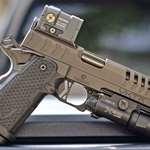

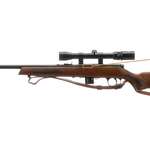

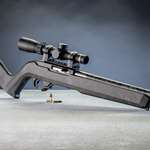
![Winchester Comm[94]](/media/1mleusmd/winchester-comm-94.jpg?anchor=center&mode=crop&width=770&height=430&rnd=134090756537800000&quality=60)
![Winchester Comm[94]](/media/1mleusmd/winchester-comm-94.jpg?anchor=center&mode=crop&width=150&height=150&rnd=134090756537800000&quality=60)

